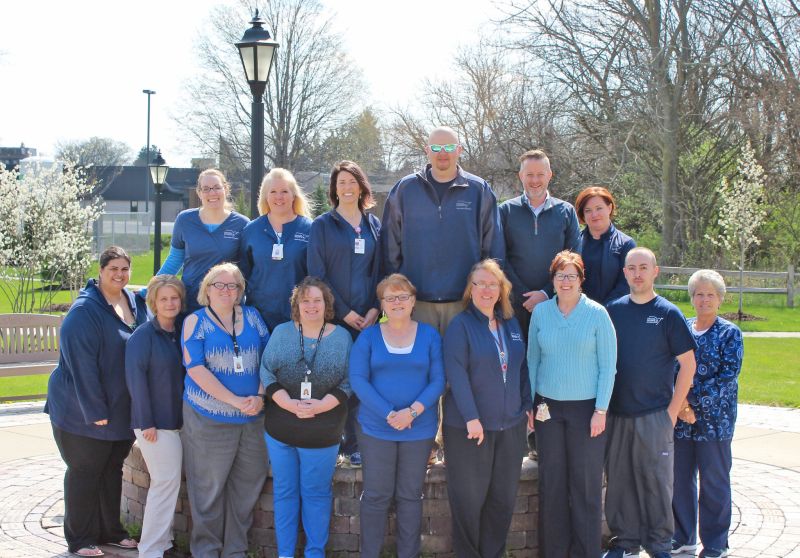Understanding Community Hospice
According to Norm Mast, president and CEO of Community Hospice, there are a lot of people who don’t understand what hospice is really about. With locations serving this community and surrounding counties, “Our goal is to educate and address the unique needs of those we come in contact with who are facing a serious illness. We meet people where they are in their journey of life and help them to reach their goals,” he said.
Everyone is in agreement that hospice is a sensitive topic, but what is it exactly and how can it help you?
“Hospice is end-of-life care. Whenever a person has been diagnosed with a serious, life-limiting illness, we provide services for both the patient and their family,” Mast said.
Many people are surprised to learn that Community Hospice provides services for family members and caregivers.
Community Hospice provides nurses, social workers and home health aides, as well as chaplains, massage therapists and bereavement counselors for families. Trained volunteers are available to come in and sit with the patient while the caregiver runs errands or if they simply need a break.
At any given time, Community Hospice has 530 volunteers in addition to over 200 staff members. “People who are drawn to work and volunteer in a hospice environment are some of the most caring individuals and feel called to work in hospice. We’re meeting people at the one of the most sensitive and fragile times of their lives. You have to have a hospice heart,” Mast said. “Our clinical staff and social workers help patients and families talk through concerns and difficult challenges they may be facing. Our staff receives extensive on-going training to address the unique needs of everyone we serve.”
Community Hospice also offers palliative care services to those individuals who may not be eligible for hospice or who chose to continue to pursue aggressive curative treatments. That person may need help with symptom management to find relief from pain and to live as comfortably as possible. Eventually that person may transition to hospice care.
It’s also a common misconception that hospice care only happens in a hospice in-patient facility.
“Hospice can happen anywhere, whether at a person’s home, hospital, assisted living or at a nursing facility,” Mast said. “We go to wherever the person’s home is. Our hospice house is available to help people get their symptoms under control, or for respite care. Most of our patients typically go back to their home. The goal is to make a person comfortable and at peace at home, wherever that may be.”
Typically, a doctor or medical provider refers a person to hospice, but individuals can choose to call Community Hospice on their own as well. “We never turn a patient away, regardless of his or her ability to pay. That’s an important Community Hospice advantage,” Mast said. “Nobody is turned away.” Hospice care is most often funded by Medicare, Medicaid or private insurance. Community Hospice also receives generous donations, all of which go towards patient care. For those without the ability to pay, Community Hospice provides care through its community care program.
Truman House is Community Hospice’s 12-bed, inpatient facility located in New Philadelphia, where round-the-clock nursing care as well as respite care are provided. A typical stay is three to five days before the patient returns home.
So, when should a person contact Community Hospice? “There is a tremendous benefit to calling earlier in the diagnosis versus later,” Mast said. “Because we offer symptom management, people can enjoy a greater quality of life for a longer period of time.”
Community Hospice is located at 716 Commercial Avenue, SW, in New Philadelphia. The phone number is 330-343-7605. Hours are 24/7/365. Visit MyHospice.org to learn more.

